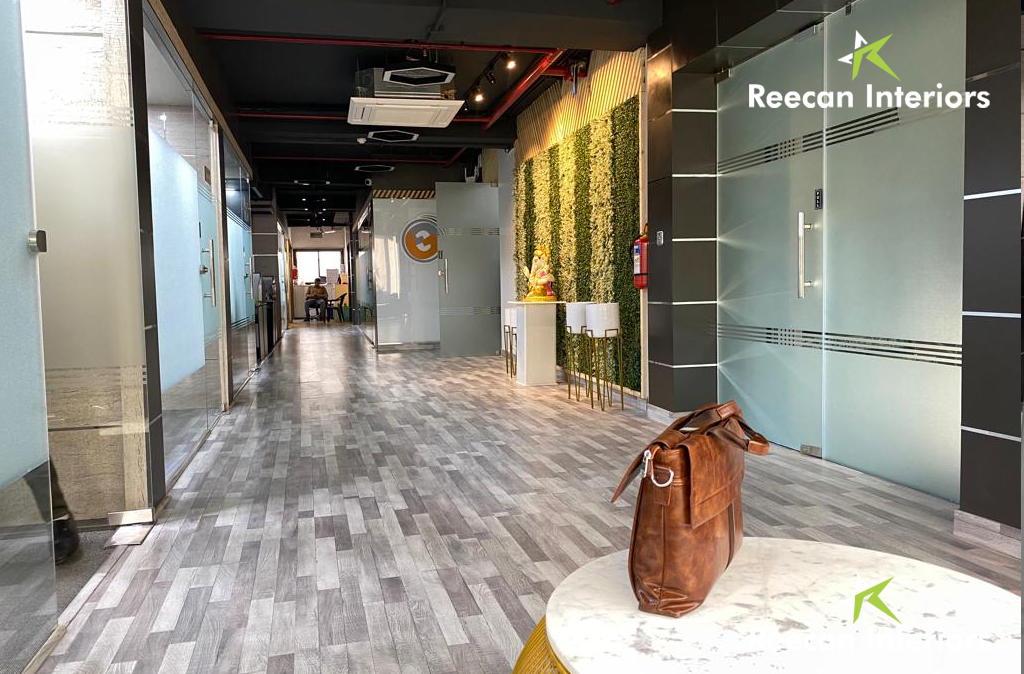Introduction
Over the past few decades, the office landscape in India has undergone a profound transformation. As businesses have grown and evolved, so too have the environments in which they operate. From the traditionally rigid and austere office spaces of the late 20th century to the dynamic and innovative designs of today, the evolution of office interiors in India reflects broader changes in work culture, technological advancements, and the shifting preferences of the workforce. This blog post delves into the myriad factors influencing contemporary office interior design in India, examines notable trends, and explores how cultural nuances shape the workspace.
Historical Context
To appreciate the present state of office interiors in India, it is imperative to consider their historical context. The traditional office environment in India was characterized by cubicles, heavy wooden furniture, and a stark color palette. Employees were often segregated into isolated workspaces, which not only limited collaboration but also bred a monotonous atmosphere. These designs reflected the hierarchical structure prevalent in organizations during that time, where authority was represented through both spatial separation and decorum.
However, as India began to embrace globalization in the 1990s, there was a gradual shift in office interiors. The inflow of multinational corporations introduced new design philosophies that emphasized openness, flexibility, and collaboration. Companies recognized the importance of a conducive work environment in enhancing productivity and employee satisfaction, setting the stage for the modern office design movement.
Modern Trends in Office Interior Design
- Open Floor Plans
The trend of open floor plans has gained immense popularity in Indian offices. This design approach eliminates physical barriers between employees, fostering communication, collaboration, and a sense of community. It allows for versatile workspace configurations, accommodating both group activities and individual focus work. Companies like Infosys and Wipro have embraced this concept, creating environments that stimulate creativity and teamwork.
- Ergonomics and Comfort
As the understanding of employee well-being has deepened, the importance of ergonomic design has risen significantly. Modern office interiors prioritize comfort through adjustable furniture, ample natural light, and aesthetically pleasing design elements. Incorporating standing desks, lounge areas, and wellness rooms can significantly reduce employee fatigue, enhance focus, and contribute to overall job satisfaction.
- Sustainable Practices
Sustainability has become a guiding principle in contemporary office design. Indian companies are increasingly aware of their ecological footprints and are opting for sustainable materials and practices. This includes using reclaimed wood, eco-friendly paints, energy-efficient lighting, and innovative waste management systems. By embracing sustainability, organizations can cultivate a sense of corporate responsibility, which resonates positively with both employees and clients.
- Technology Integration
The rise of digital technology has profoundly influenced office interiors. Smart office solutions such as IoT-enabled devices, automated lighting, and advanced conferencing tools have transformed how employees interact with their workspace. Tech companies in cities like Bengaluru and Hyderabad epitomize this trend by incorporating state-of-the-art technology seamlessly into their interiors, promoting efficiency and connectivity.
- Cultural Reflection
One of the most compelling aspects of Indian office interiors is the integration of local culture and heritage. Companies are increasingly incorporating Indian art, traditional motifs, and regional colors into their office designs, creating spaces that resonate with employees’ identities. For instance, organizations like TCS and Mahindra are known for showcasing regional artwork, thereby not only beautifying their offices but also instilling a sense of pride in their employees.
The Role of Design in Employee Productivity
Numerous studies have highlighted the link between office design and employee productivity. A well-designed office can enhance collaboration, reduce distractions, and improve overall job satisfaction. In India, companies are beginning to recognize and emphasize this connection. By implementing innovative designs that cater to diverse working styles, organizations can create an environment that fosters creativity and efficiency.
Flexible workspaces, for instance, allow employees to choose where they work based on their tasks. Whether it is a collaborative lounge, a quiet pod, or a vibrant breakout area, such choices empower employees, leading to increased motivation and output. Companies like Google and Microsoft have set benchmarks in this regard, inspiring Indian firms to adopt similar strategies.
The Future of Office Interiors in India
Looking ahead, the future of office interiors in India is poised for further innovation and creativity. The ongoing evolution of work culture, driven by hybrid working models, will necessitate a rethinking of spatial configurations. Organizations will need to balance collaborative areas with quiet zones, creating fluid environments that adapt to the diverse needs of the workforce.
Moreover, as remote work continues to be a viable option for many businesses, offices may shift from being a mandatory presence to a collaborative hub. This redefined role will drive the demand for offices that prioritize employee experience over mere functionality.
In addition, we can expect an increased focus on mental health and well-being in office design. Concepts such as biophilic design—integrating natural elements into workspaces—will likely gain traction, creating environments that promote relaxation and reduce stress.
Conclusion
The evolution of office interiors in India indicates a dynamic interplay between culture, technology, and the changing nature of work. As organizations embrace innovative design principles, they are not only enhancing productivity but also nurturing a sense of belonging among their employees. The future of corporate office interiors will undoubtedly be characterized by adaptability, sustainability, and a deep-rooted connection to the cultural fabric of India. It is an exciting time for this sector as it navigates the challenges and opportunities of an ever-evolving workspace








